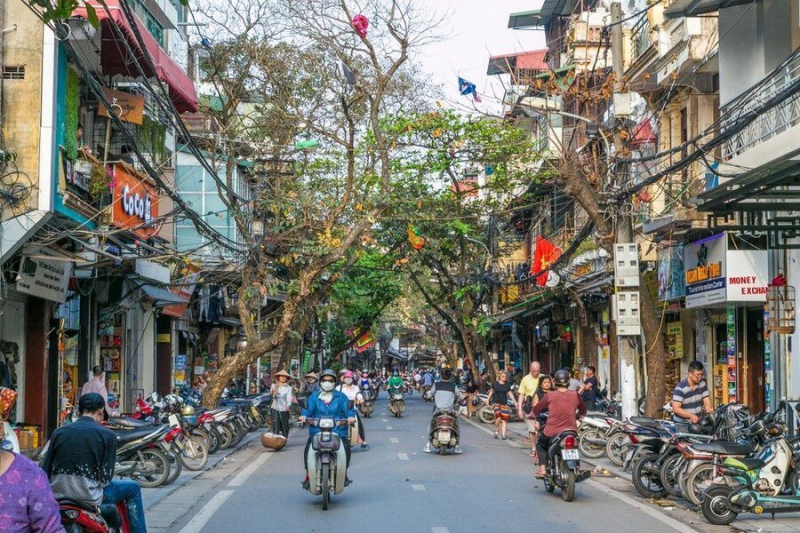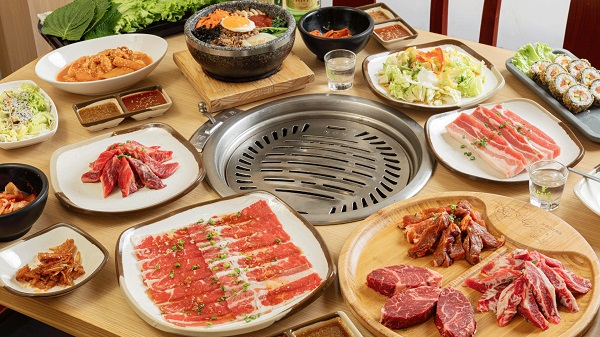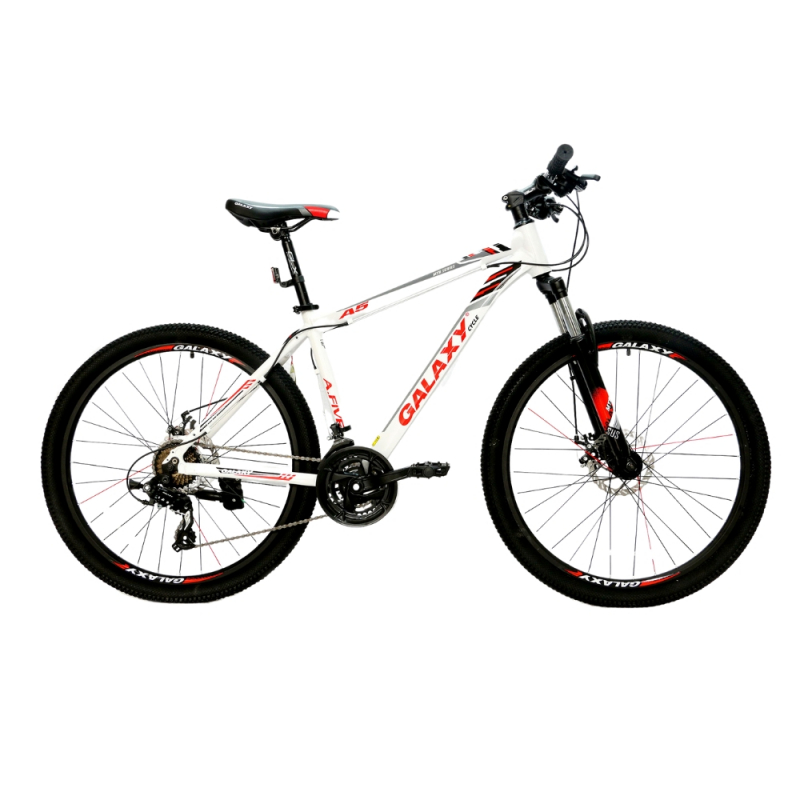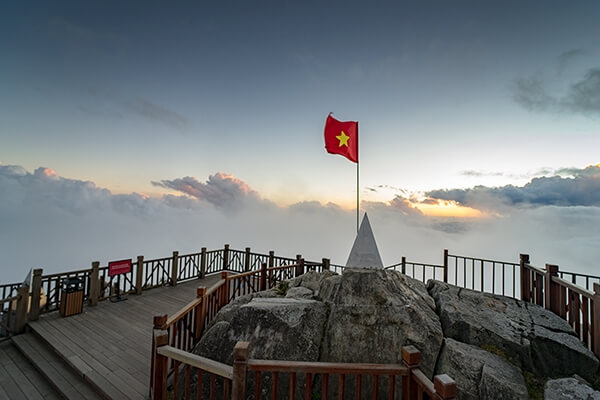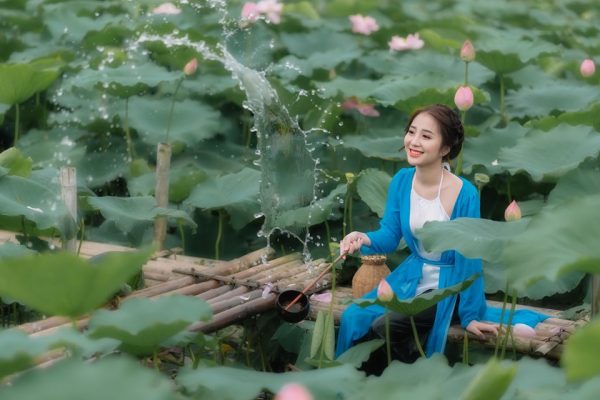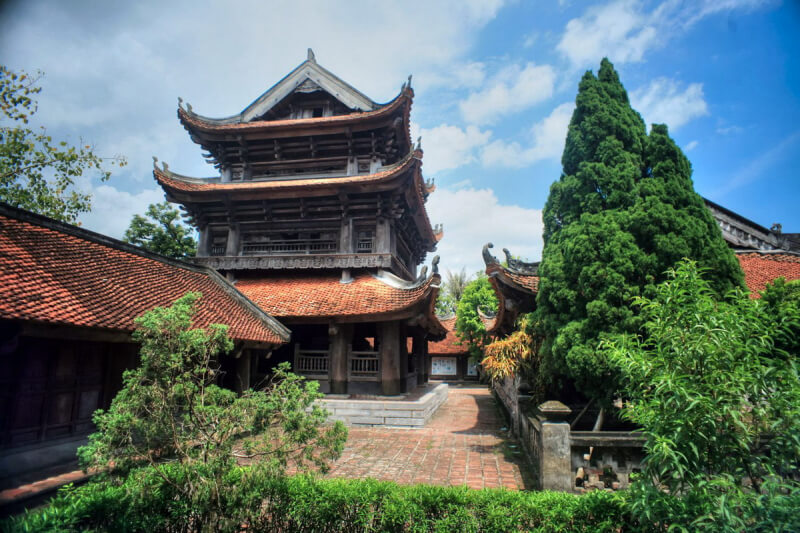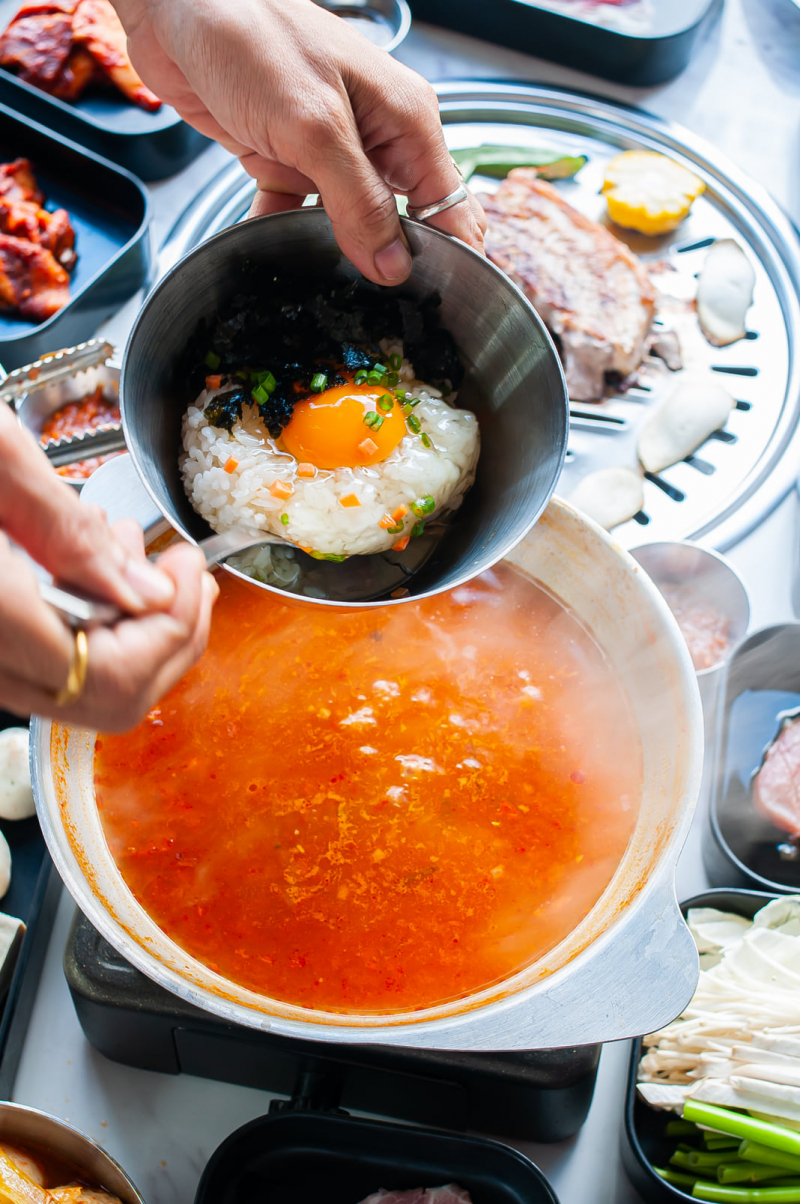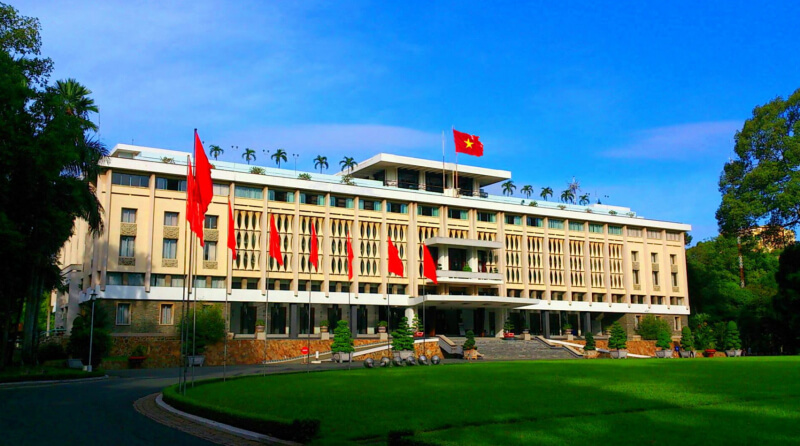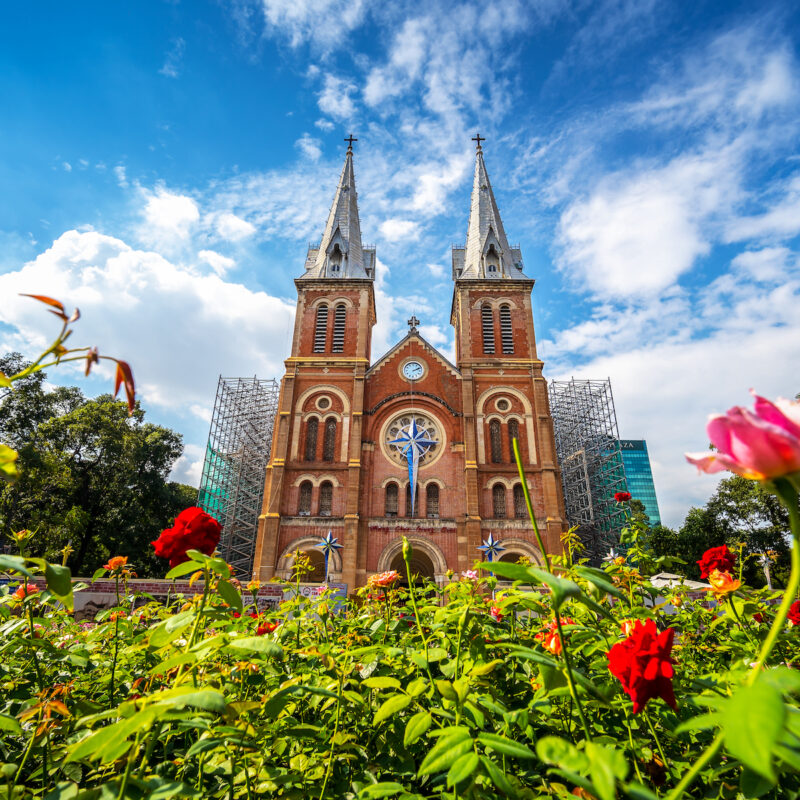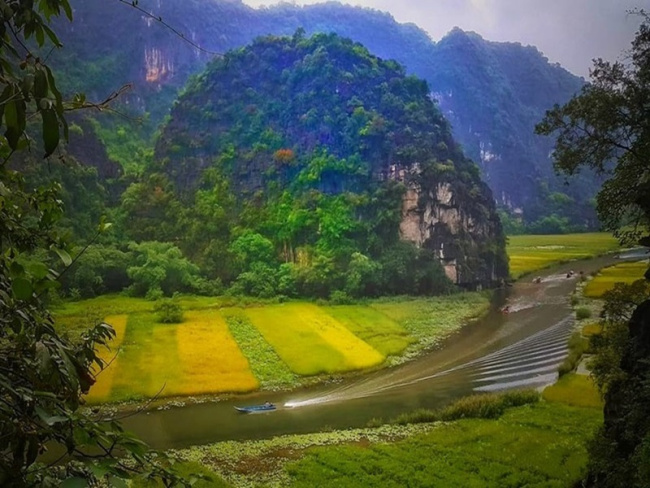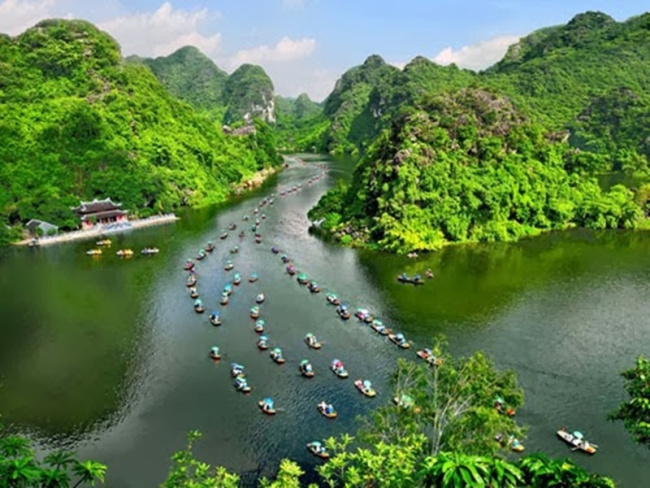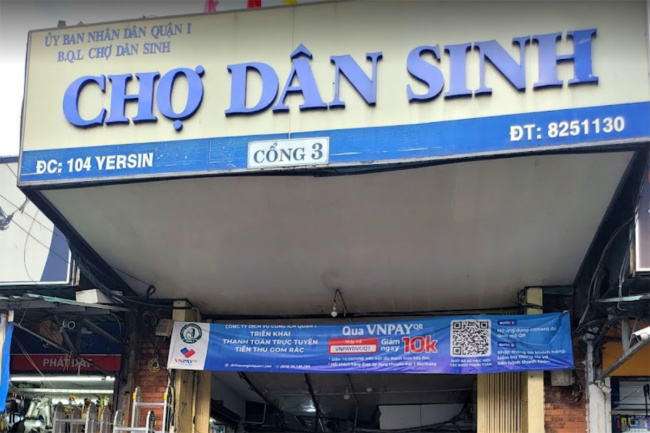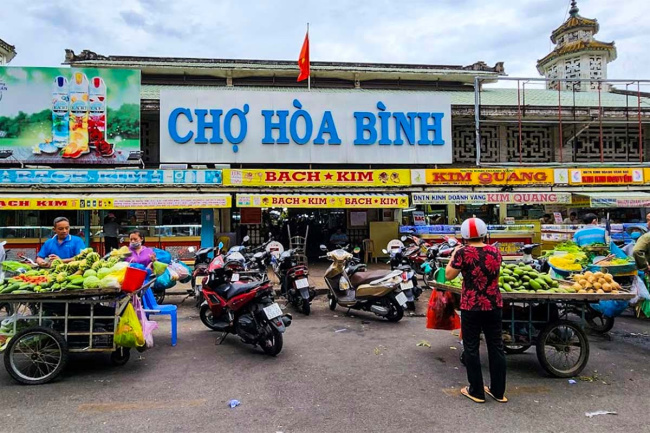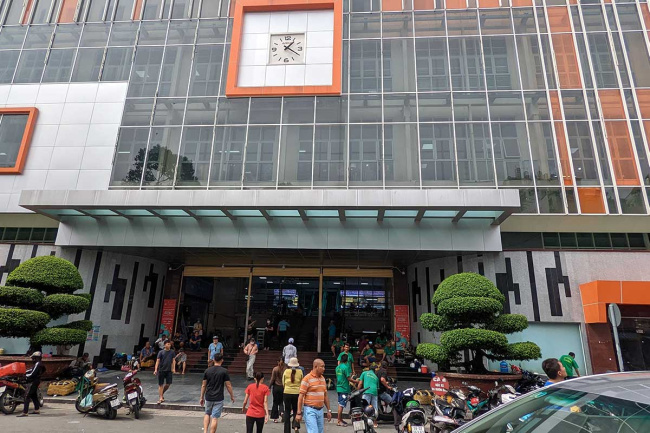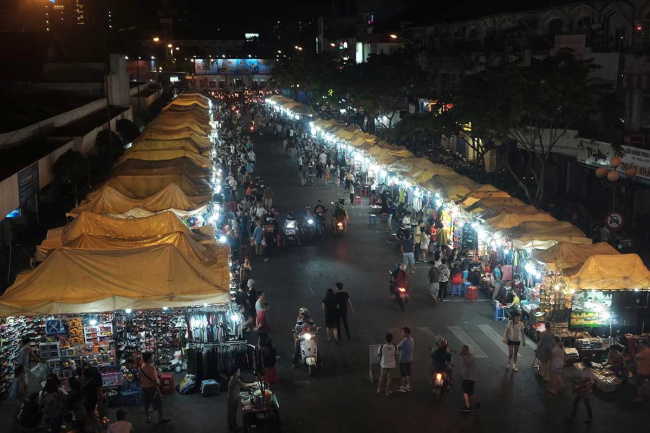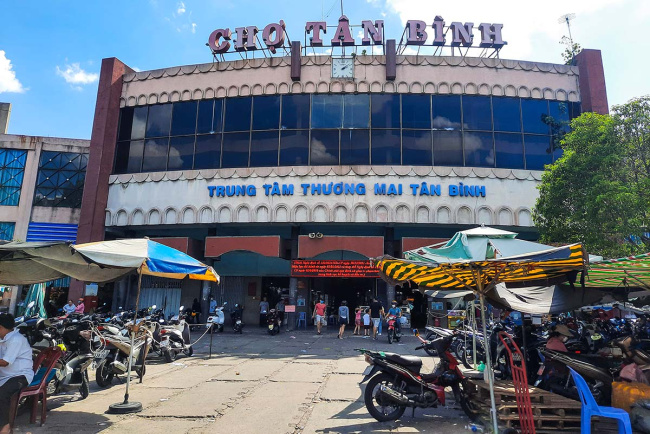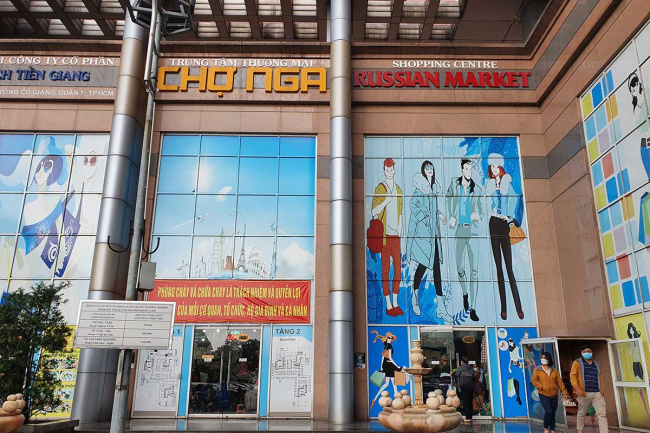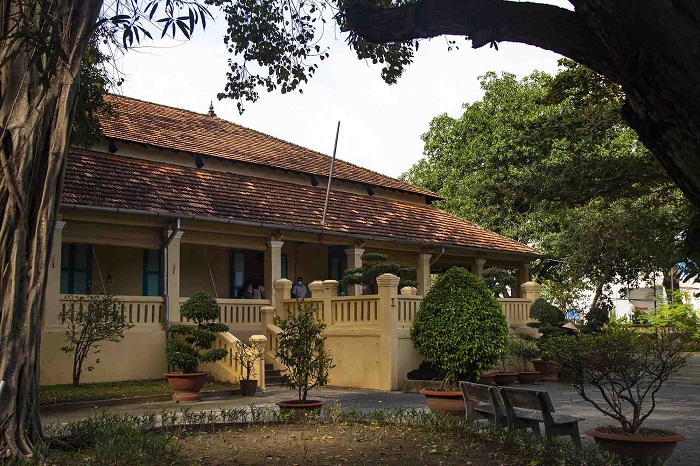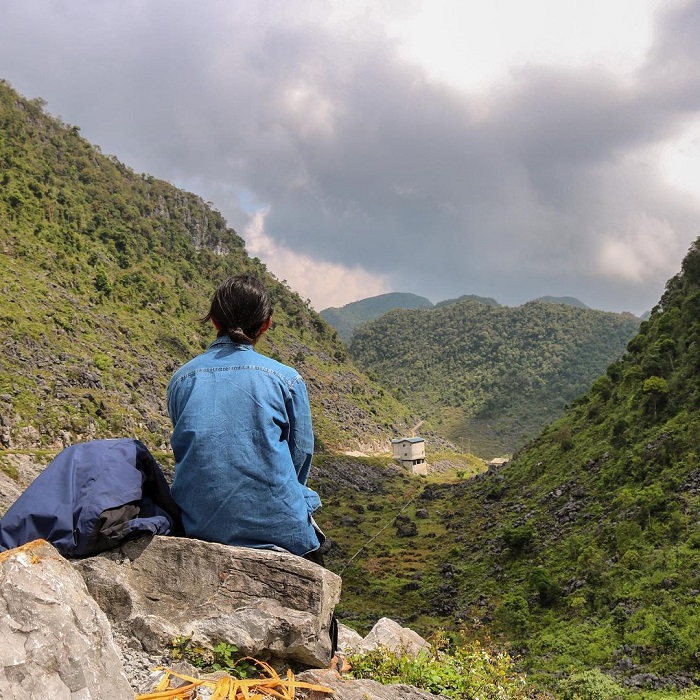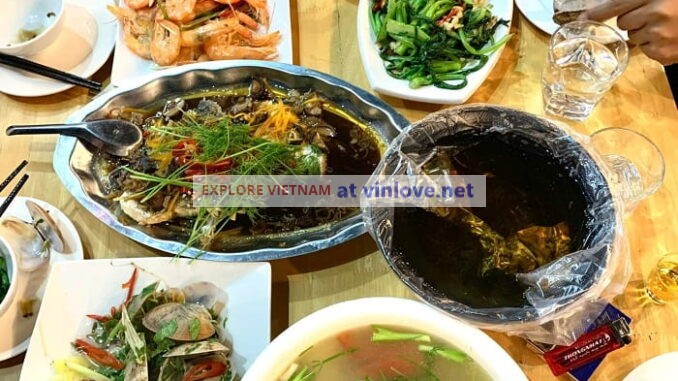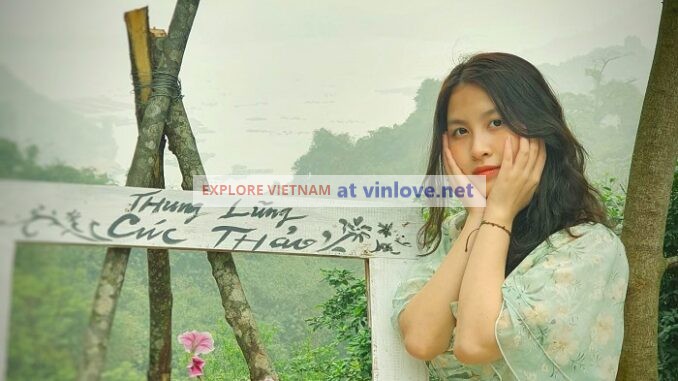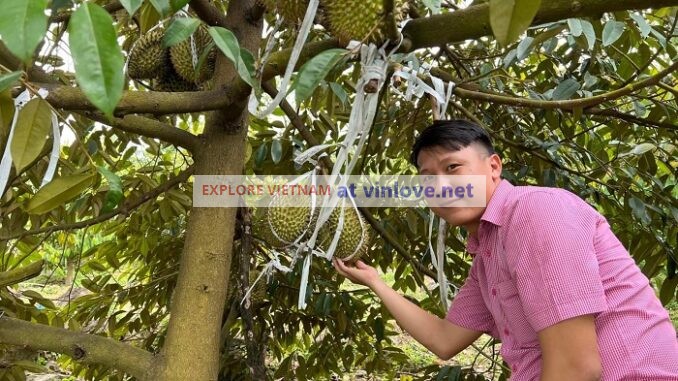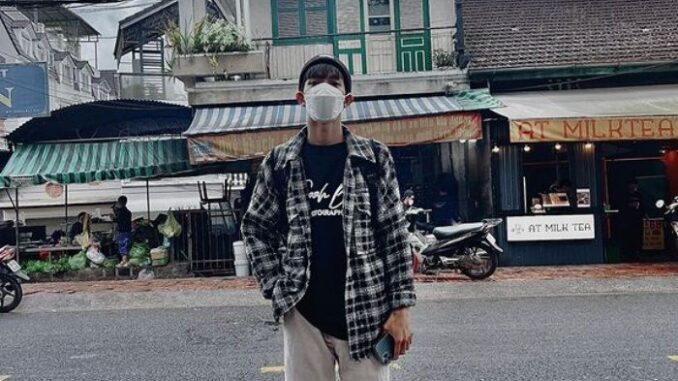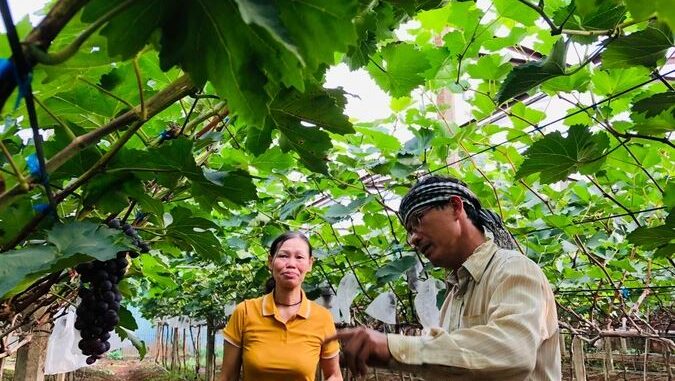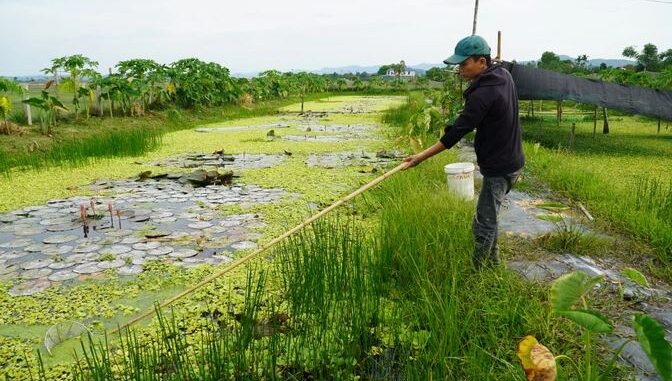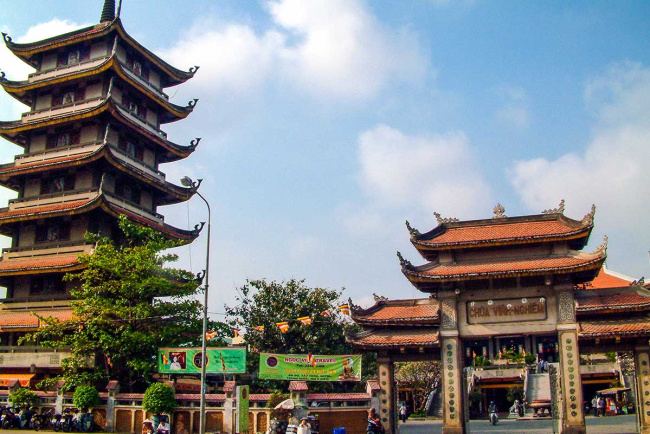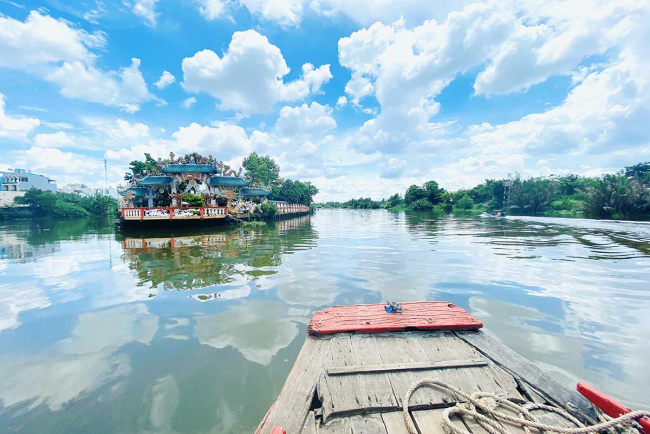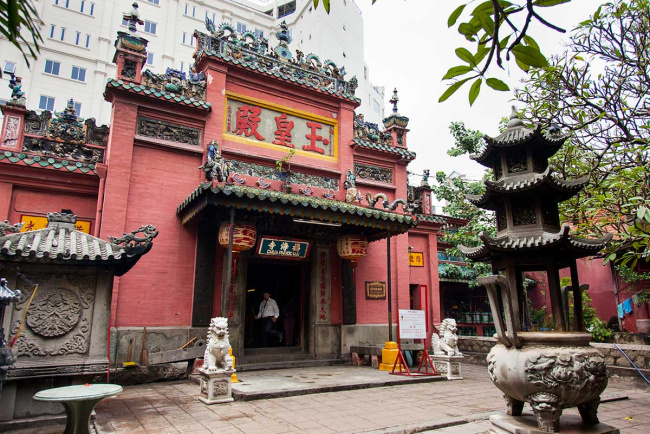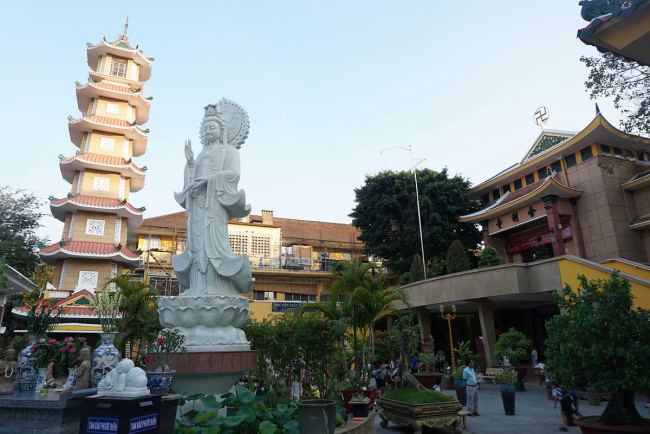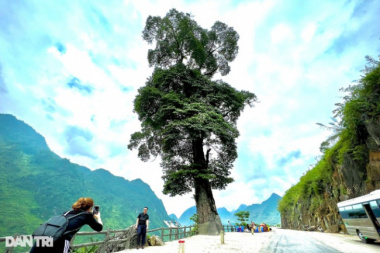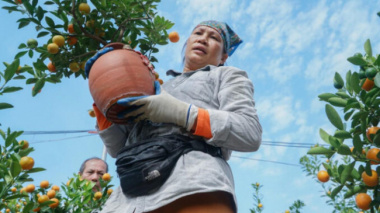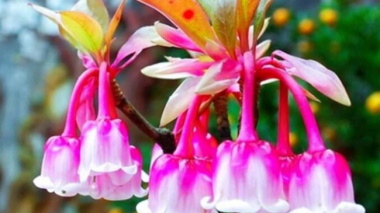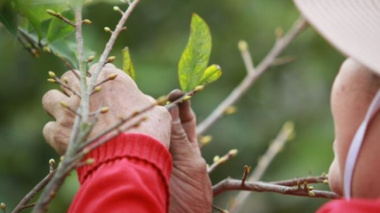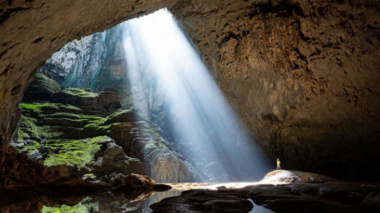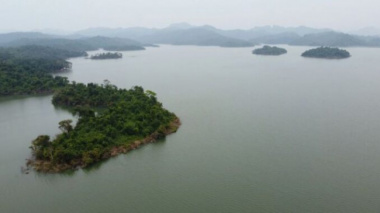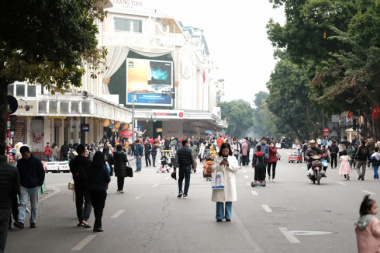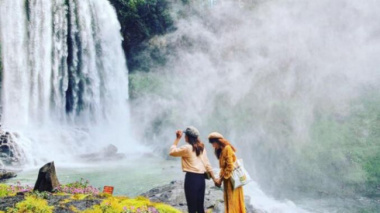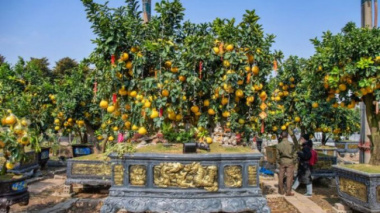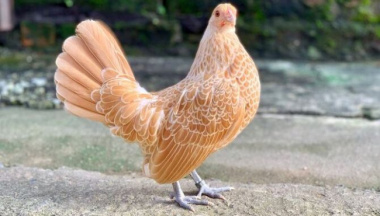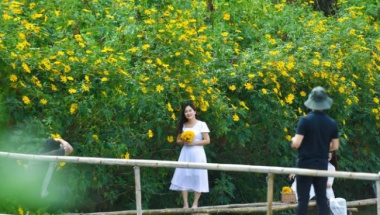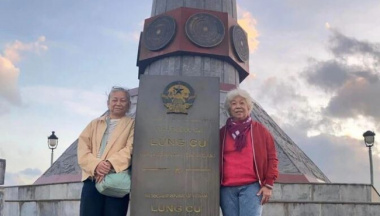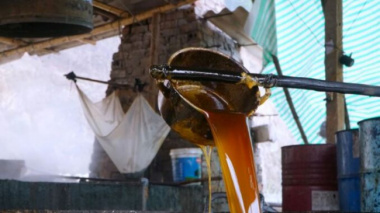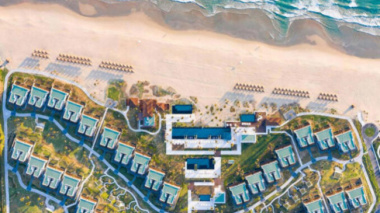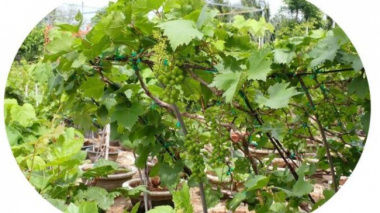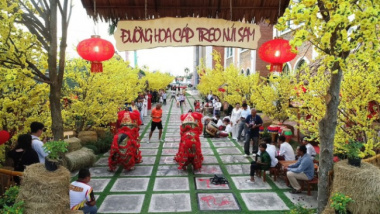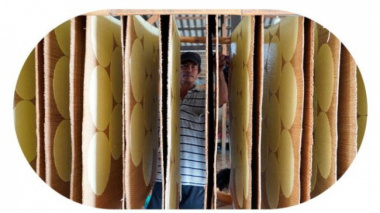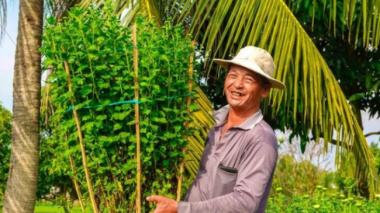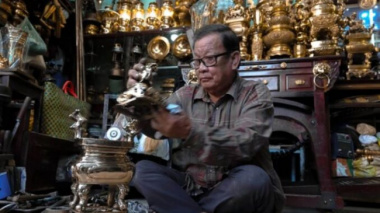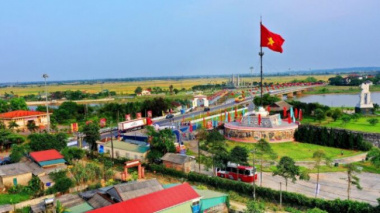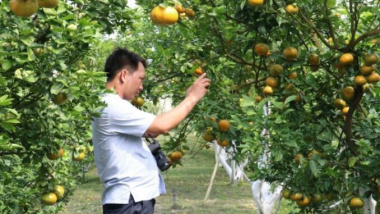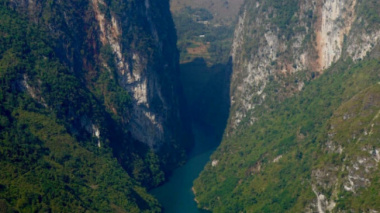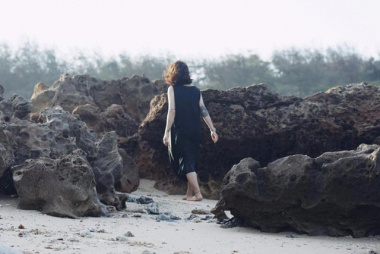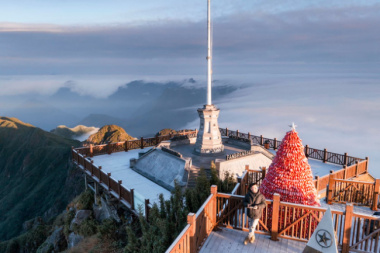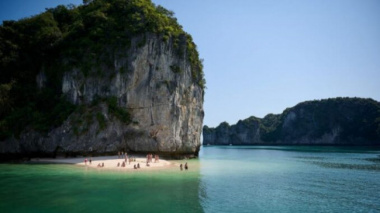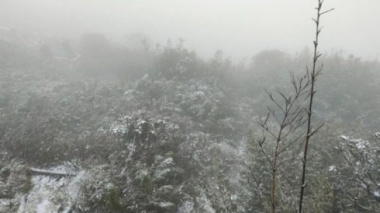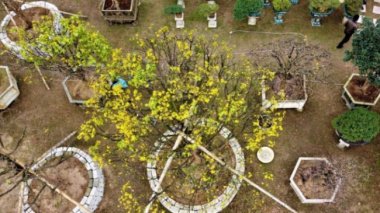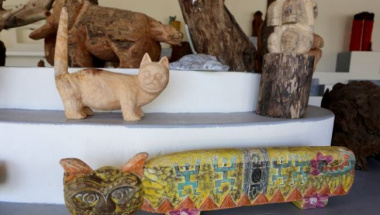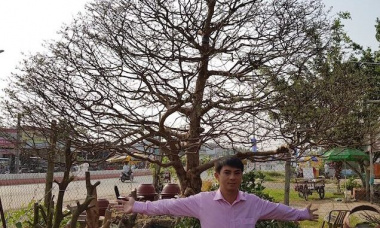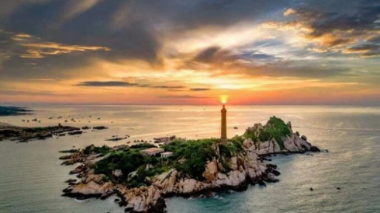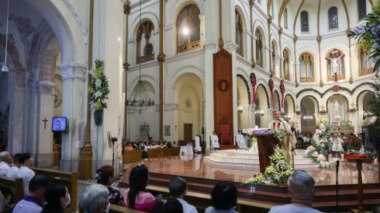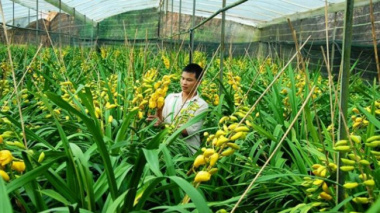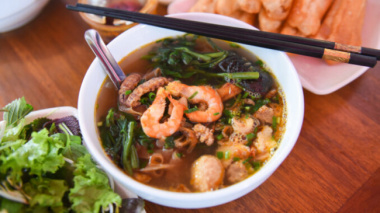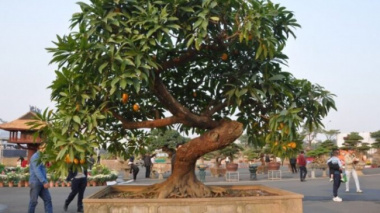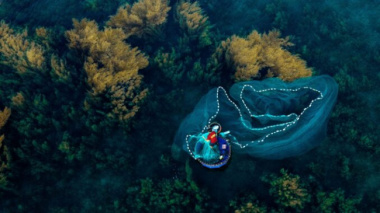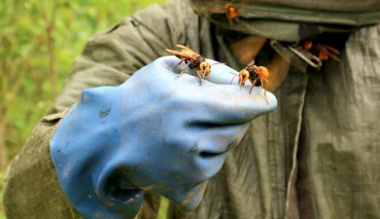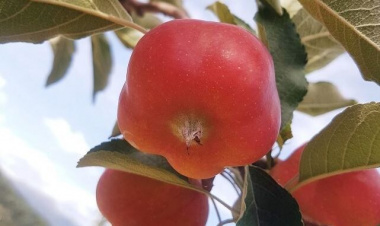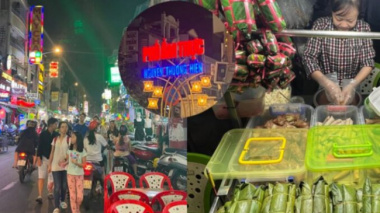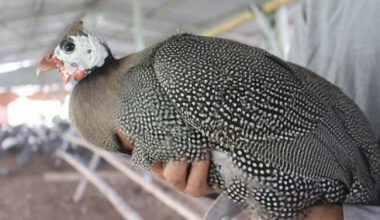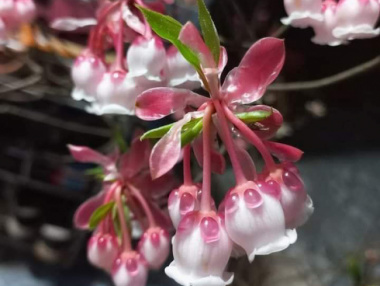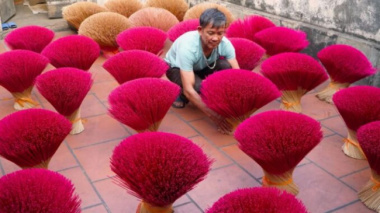Phong Nha-Ke Bang National Park – Quang Binh Province
- What to Do
- Caves, Caves, and More Caves
- Book a Farm Stay
- Ecotour Excursions
- Visit the Abandoned Valley
- Reserve Your Spot
- Plants and Wildlife
- How to Get There
- When to Visit
- Enter the World of Fairytales
Phong Nha-Ke Bàng National Park is a densely forested and jungled national park that harbors the world’s largest known cave system, Hang Son Doong. With immense caverns and still uncharted sections, the Son Doong has captivated researchers and travelers since its discovery in 2009.
While permission to enter the cave is restricted, the allure surrounding Son Doong has inflated the popularity of Phong Nha-Ke Bàng National Park. Situated in Vietnam’s limestone zone, Phong Nha-Ke Bàng is located in the north-central region. The park borders another national park, Hin Namno, which is in Laos.
As a part of the limestone zone, the national park protects two of the largest karst regions in the world. While Son Doong is the park’s most famous cave due to its sheer size, it is only one of 300 cave systems that are found within the park.
Location
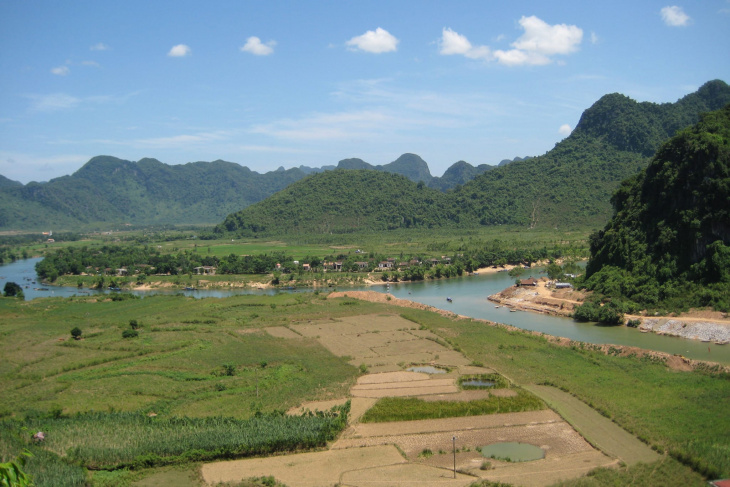
Phong Nha-Ke Bang National Park in Quang Binh Province. Photo:
Phong Nha-Ke Bàng National Park is in the Quàng Bình Province in Vietnam. The park encompasses several commune territories and is part of both the Bô Trach and Minh Hóa Districts. From Hanoi, travelers will have to take a 9 and ½ hour drive south of the city. Travelers from Ho Chi Minh City should consider flying as a drive to the park would take about 23 hours.
Dông Hói is a large city that is situated about 22 miles outside of the national park. With a train station and airport, Dông Hói is the preeminent destination for travelers visiting Phong Nha-Ke Bàng. The national park has brought with it a large tourist industry and Dông Hói has adapted by providing tourists with accommodation, dining, entertainment, and tour agency options.
History
Phong Nha-Ke Bàng’s history goes back thousands of years. The first written account of the Phong Nha Cave was recorded in 1550 by Du’o’ng Van An, who painted the cave on 9 urns during the Nguyen Dynasty. Over the following centuries, the park and its caves went through multiple name changes. The national park’s official name honors two of the area’s features – Phong Nha Cave and Ke Bàng Forest.

Son River flowing through Phong Nha-Ke Bang.
In 1986, the Vietnamese government gave Phong Nha-Ke Bàng protection by naming it as a nature reserve. Well-known to the locals, the park remained unexplored by the international community until a prosperous period, where for an entire decade, new discoveries were being made in the park. By 2003, Phong Nha-Ke Bàng was listed as a World Heritage Site by UNESCO.
In 1990, Hanoi University accepted a proposal from the British Cave Research Association to assist in exploring and mapping caves in the area. Throughout the 1990s, dozens of discoveries were made and in 1991, a local man who was searching for valuable agarwood stumbled across the famous Son Doong Cave. A steep entrance and rushing stream dismayed the local man from entering the cave.
For nearly two decades, Son Doong remained an elusive myth. While immense in size, Vietnam’s forests hid the entrance and relocating the cave proved difficult. Hô Khanh, the local man who first discovered the cave in 1991, told others about his discovery and word eventually spread to the teams at Hanoi University and the British Cave Research Association.

Quiet River View in Phong Nha-Ke Bàng National Park Vietnam. Photo by: tefl Search.
Eager to uncover the cave, scientists contacted Hô Khanh and asked for his help to retrace his steps to the entrance. After several months, the teams and Hô Khanh were successful in their endeavor. Exploding into the eyes of the world in 2009, the cave quickly became Phong Nha-Ke Bàng’s star.
Today, Phong Nha-Ke Bàng is one of the most popular national parks with both national and international tourists in Vietnam. Enchanted by the forests and caves, the park currently receives over 1 million visitors per year. With even more discoveries being made annually, it seems that Phong Nha-Ke Bàng won’t cease to amaze scientists and visitors for years to come.
What to Do
There are near endless possibilities for visitors in Phong Nha-Ke Bàng National Park and the plethora of activities can create crammed itineraries. Due to the size of the park and the numerous experiences offered, it is suggested that visitors stay in the area for multiple days. Extending your schedule can ease stress and ensure that you can see all the highlights that pique your interest.
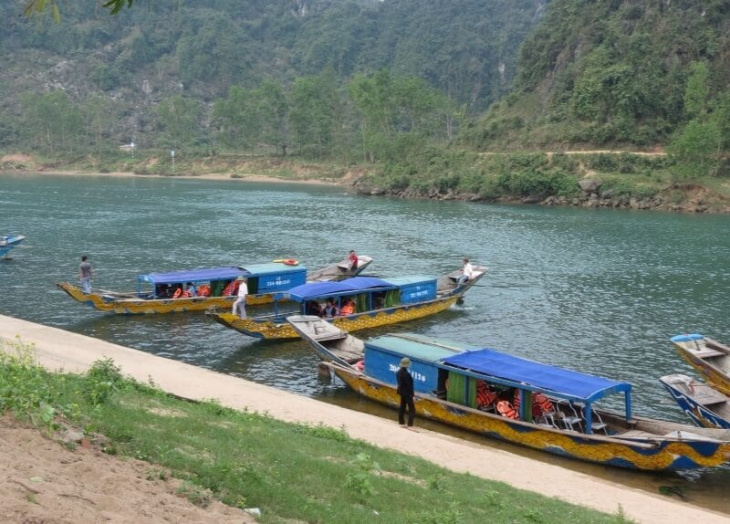
Book a Boat Tour in Phong Nha-Ke Bàng National Park Vietnam. Photo by: Doug Knuth.
Caves aren’t the only attraction at Phong Nha-Ke Bàng, but they are certainly the most popular. Bold colors dominate the landscapes where the forests are vividly green and water ranges from hues of turquoise to jade. The park’s natural wonders include lakes, rivers, mountains, and forests. A few man-made attractions have been added like villages, ziplines, and historical relics from the war.
Caves, Caves, and More Caves
Phong Nha-Ke Bàng National Park’s claim to fame is due to its 300 known caves, including Son Doong. While there are 10 of the most popular in the nation within this park, each cave has its own set of restrictions and entrance fees. Son Doong, in particular, is both the most expensive and most difficult to visit.
The only way to explore Son Doong is by arranging a tour with the Oxalis Adventure. Oxalis Adventure is the only authorized tour company that has been granted access to the cave and the waitlist to visit can be up to 2 years. If you’re willing to wait, be prepared to shell out a hefty fee as this expedition costs $3,000 USD per person.
Those who have waited and paid for a tour will partake in a 4-day trek to the cave where they can stand in the main cavern, which is so large that you could put an entire Manhattan block inside, including the skyscrapers. Visitors will typically camp in the cave, swim in some of its rivers, such as the Son River, and join one of the most exclusive adventurer lists in the world (even more than Mount Everest).
While not everyone has the time or funds to wait for their spot on the Son Doong’s list, the second most popular cave is within the same system. Hang Én Cave is the third largest cave in the world and comes at a fraction of the cost of the Son Doong. Visitors can trek to Hang Én and spend the night camping inside the cave entrance, which has been described as the “entrance to Neverland”.
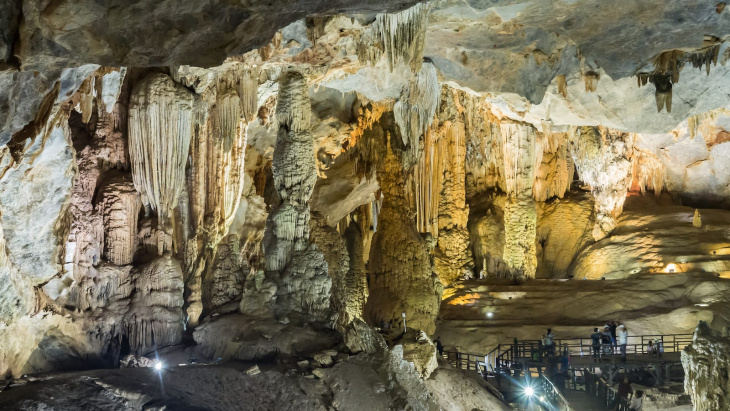
Phong Nha Ke Bang National Park. Photo: Edgardo W. Olivera
The third most popular cave to visit in Phong Nha-Ke Bàng is Hang Toi or the Dark Cave. This cave is easy to access with one entrance facilitating ziplines and kayak cruises. Tourists may join a group or explore Hang Toi on their own after purchasing an entrance ticket. While not as immense in scale, Hang Toi is open and has significantly fewer entrance restrictions than other caves in the area.
As the first cave that was opened to public access, Phong Nha Cave is popular in its own right. Accessed by boat, this cave is not only naturally significant but historically important too. Once used during the American War for shelter, storage and as a hospital, the cave educates visitors about Vietnam’s history.
In addition to the caves listed above, there are 6 more caves in Phong Nha-Ke Bàng that welcome a frequent stream of tourists. Hang Voi, also known as Elephant Cave, has a dry cavern entrance and can be accessed after a challenging hike. Paradise Cave is perfect for visitors on a time crunch and it can be toured through the National Park Service or on your own after paying the entrance fee.

Phong Nha Cave. Photo:
Hang Vom and Hang Gieng Vooc are two other caves where visitors can explore both wet and dry environments in their underground caverns.
Tra Ang Cave was most recently opened to the public and requires a short swim to reach the main cavern. Tu Lan Cave is just outside of the National Park Zone and being recently discovered, its popularity is still surging. Finally, Hang Va Cave is most well-known for its formations, which emerge from pools of crystal-clear water.
Book a Farm Stay
Phong Nha Farm Stay is one of the most unique experiences in that park by giving you insight into various aspects of the park’s history, environment, and caves. Visitors will stay in the village, which includes access to overnight facilities, a restaurant, bar, swimming pool, and tour options.
Tours offered through the farm stay include riding in a US Army Jeep or motorbike sidecar. Drivers will take guests on winding roads through the park and stop at various natural sites like rivers, cliff faces, and caves. Some of the tours include visiting portions of the Ho Chi Minh Trail.
Ecotour Excursions
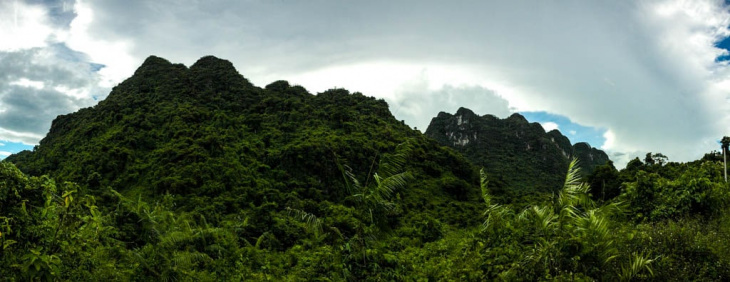
Mountain View of Phong Nha-Ke Bàng National Park Vietnam. Photo by: Mr. and Mrs. Backpacker.
For visitors who want to spend more time above the surface, ecotours are a great way to explore Phong Nha-Ke Bàng. The Nuoc Mooc Ecotrail has become one of the top hiking spots in the park as it navigates through the luscious jungle and over bamboo bridges. Stops along the journey include quiet springs, a small lake, bridges, and open-air gazebos.
The Hai Eco Conservation Tour is another option for visitors looking to explore the national park. Stops on this tour include a visit to the Phong Nha Wildlife Rescue and Rehabilitation Centre where macaques, snakes, and birds are cared for before being released back into the wild.
Visit the Abandoned Valley
Jungle Boss Trekking is one of the top tour companies in Phong Nha-Ke Bàng and they offer a trek to the national park’s Abandoned Valley. Remote and intertwined with part of the Ho Chi Minh Trail, the Abandoned Valley isn’t a desolate as the name suggests.
While there aren’t big facilities crowding the area, the Abandoned Valley hides some of the national park’s pristine forests and caves. With unspoiled views, visitors can trek to the valley and explore the natural springs and cave entrance. Additionally, the other entrance to the Dark Cave is located in the Abandoned Valley.
Reserve Your Spot
Tours are a must for visitors wanting to explore Phong Nha-Ke Bàng National Park. Officially, park rules state that visitors may not hike on their own without joining one of the licensed tour operators’ programs. Independent travel is restricted to certain areas of the park as well as two highways that cut through the park.
Most of the places where using a tour operator is not required are quite small in scale. A few of the caves can be explored without booking one, though visitors will have to pay an entrance fee and follow all of the cave rules. The Ho Chi Minh Highway and Highway 20 cut through the national park and individuals may use those roads, if they stay on the road, without joining a tour.
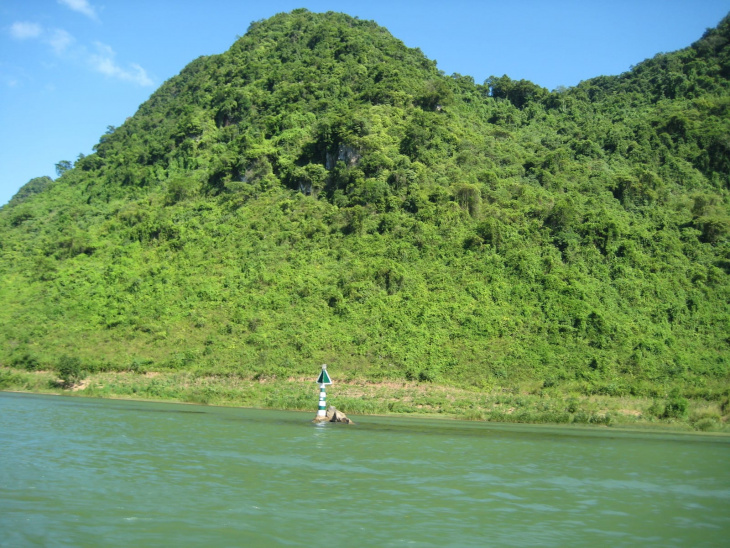
Limestone mountains covered in trees at Phong Nha-Ke Bang.
For the safety of both visitors and the environment, licensed tour operators can assist guests with viewing the park’s highlights. Tour operators will likely provide transportation and ensure that guests are observing the park rules.
Plants and Wildlife
While evergreen tropical forests cover the majority of Phong Nha-Ke Bàng National Park, other environmental features in the area include limestone mounts, wetlands, and bamboo forests. The primary forest has 751 species of vascular plants, but within the greater park space, it is estimated that an additional 1,320 plant species grow in Phong Nha-Ke Bàng.
A few dozen of these plant species have been listed as endangered in Vietnam’s Red Book. Living with the plants are 381 species of vertebrates. Almost 100 of these species are listed in either Vietnam’s Red Book or the World Red Book as endangered species.
Much like the caves, new discoveries are being made each year. In 2015, scientists found a new gecko species living in the national park. Moreover, Vietnam’s famed “unicorn”, the saola, is another animal that lives inside the park. Several primate species, sun bears, Asian black bears, birds, reptiles, and amphibians also thrive in Phong Nha-Ke Bàng.
How to Get There

Road to Phong Nha Ke Bang National Park. Photo: Anh Dinh
With the close proximity of Dông Hói, access to the park is easier if you are traveling from outside of the province. A small group of tourists may choose to road trip from Hanoi down to Dông Hói, which takes about 9 and ½ hours. Only a handful of tourists would road trip from Ho Chi Minh City, as the drive takes nearly 24 hours, to complete.
Cutting down the travel time can be achieved by taking a flight or train from the big cities into the province. Dông Hói has both an airport and a train station. From Dông Hói, there are daily buses from multiple stops in the city to Phong Nha-Ke Bàng National Park. Plenty of tour agencies are also stationed in Dông Hoi and most will provide transportation for their clients.
When to Visit
From February to June is when the park sees most of its visitors, as the weather tends to be between the wet and dry seasons. Travelers visiting during this time will avoid the wettest and hottest weather. June, July, and August are the hottest and wettest months in Phong Nha-Ke Bàng, but with schools having vacations, the park become a hotspot destination for families.
The same principle is applied in winter during the months of December and January where tourism spikes due to the end of the year and new year celebrations. The worse time to visit the park is from July – November which is when the monsoons hit the country.
Enter the World of Fairytales
Boasting a landscape unlike anywhere else in the world, it is easy to daydream in Phong Nha-Ke Bàng National Park. Fairytale-like scenery captivates travelers and compels them to see the park’s wonders with their own eyes.
The national park’s epic natural marvels and man-made facilities at Phong Nha-Ke Bàng act like a magnet and with popularity only increasing, it is easy to understand why this national park has become one of Vietnam’s most visited tourist sites.
Details
Address: Phong NHA, Bố Trạch District, Quang Binh Province, Vietnam
Season: Year-Round | 7 AM – 4 PM
Website: phongnhakebang.vn
Đăng bởi: Chiến Quyết


